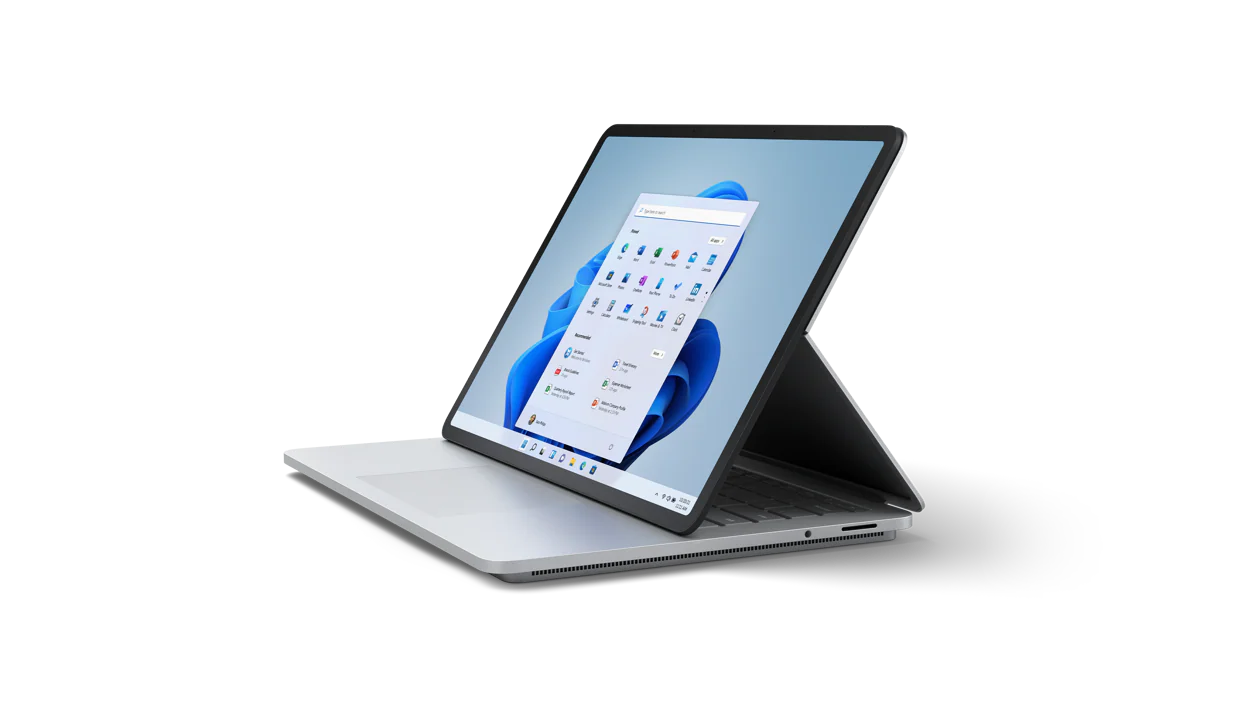- From: Diego Gonzalez via GitHub <sysbot+gh@w3.org>
- Date: Thu, 23 Sep 2021 10:21:43 +0000
- To: public-device-apis-log@w3.org
diekus has just created a new issue for https://github.com/w3c/device-posture:
== Device Posture API to include "Semantic Postures"? ==
Yesterday Microsoft announced a new device that sets difference "postures" even though the screen itself doesn't really change, fold nor physically change (see image below).

This got me thinking into the concept and functionality of the device posture API itself, and its relation to these new types of "semantic" postures, and how we should support them. It is becoming increasingly common to have desktop OSs that react to when a device is being used in conjunction to a keyboard (normal laptop) and when it is being used like a tablet (with touch). Generally these changes correspond to spacing out the UI, and I think it would be really interesting to have something similar for websites.
I want to open discussion on these type of "semantic postures" to be included into the API, since I think more and more we realize that a device posture is a lot more than just applicable to foldable screens and dual screen devices.
Think about a video streaming web that when you browse to it you get the normal traditional website, but when you set your device in a "studio", "playing", "consume", "create" (whatever the name it ends up with, I am interested in the action and posture the device is in) it enhances the layout by maybe making the controls bigger, spacing them out and hiding unnecessary menus.
``@media (device-posture: studio) {
//adds more padding and margins and hides UI elements
}``
Please view or discuss this issue at https://github.com/w3c/device-posture/issues/94 using your GitHub account
--
Sent via github-notify-ml as configured in https://github.com/w3c/github-notify-ml-config
Received on Thursday, 23 September 2021 10:21:45 UTC